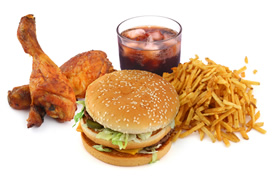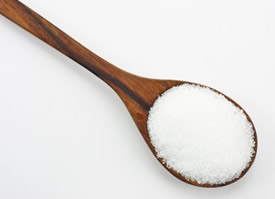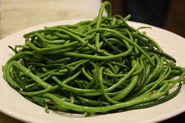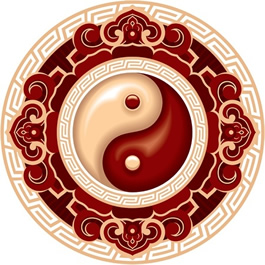 I consider myself an intelligent person. Logic and rationalization of what makes sense in life have always been important to me. I suspect you had similar experiences as well. As a result, life has been a journey of adventures, discoveries, and yes, some hard-learned lessons.
I consider myself an intelligent person. Logic and rationalization of what makes sense in life have always been important to me. I suspect you had similar experiences as well. As a result, life has been a journey of adventures, discoveries, and yes, some hard-learned lessons.
Nutrition, especially as it relates to the U.S. food industry, is an area with which I have found myself preoccupied over the past several years. I have attempted to use logic and rationalization in order to fully understand what it is truly all about.
There have been many “eureka” moments on the subject of nutrition. But what I have recently become aware of is that even those “eureka” moments were fueled – partly by my own ignorance – and partly by external forces like the media, the various food industries, the FDA and the AMA, to name a few.
While one’s awareness is constantly changing and updating, a major shift in my awareness started about two years ago when I began coursework, did research and wrote a thesis on type 2 diabetes.
What I found did a few things:
- Outlined the sheer worldwide epidemic of type 2 diabetes, not just isolated to certain groups of people in the U.S.
- Virtually everyone is affected by these trends, whether they develop Diabetes or not.
- A proverbial monster has been created in that the eradication of type 2 diabetes and other chronic diseases is virtually impossible without grassroots education and restructuring of nutrition and lifestyle.
My very own beliefs about health and nutrition have been turned upside-down as result. I realized I have been “plugged into the matrix,” unconscious and unaware of many myths about nutrition that affect our health in negative ways. I suspect the same may be true for you as well.
Some of these myths include:
- A low-fat diet is the healthiest diet
- A low-fat diet is best when wanting to lose weight
- Coconut oil and butter are ‘bad’ for you
- Multivitamins with megadoses of synthetic isolates are good for your body
On the other hand, there are certain facts that do remain true:
- Despite decades of low-fat eating, cardiovascular disease remains the #1 cause of death in the U.S.
- Cancer is the 2nd cause of death in the U.S.
- Despite public health education on healthy eating, type 2 diabetes has exploded exponentially and worldwide in the past 50 years, with no sign of letting up
- Auto-immune disease and other chronic illnesses are also increasing at a very high rate, with 1/11 Americans contracting these illnesses
- Among industrialized nations, U.S. citizens spend the most money on pharmaceuticals, yet rank #45 in the world in terms of good health practices, with several non-industrialized nations faring better than the U.S.
- For the first time in recorded history, it is estimated that the average lifespan of our children’s generation will actually decrease!
Please join me these next few months in a series of presentations and discussions that will explore the truth about nutrition and how it affects your health. Unplug yourself from the matrix and begin to truly think outside the box! Allow right-thinking to emerge for the sake of yourself and your family, your community – indeed your planet.
Doris-Owanda Johnson, Ph.D., L.Ac.










Connect With Us